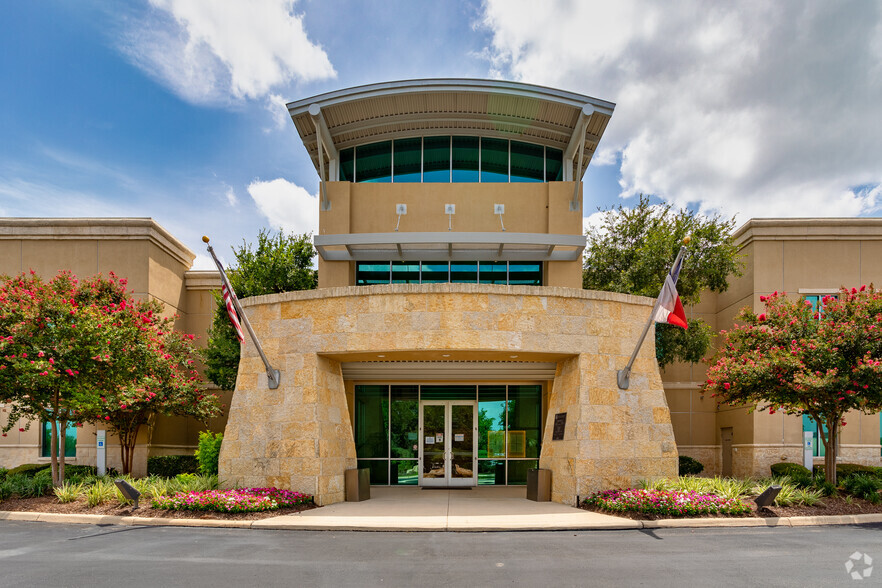Every investment involves a certain amount of risk. Investors and developers who know how to properly mitigate risk when it comes to commercial real estate are the ones who see high yield returns on their investments. Investors looking at commercial real estate developments in San Antonio and throughout Central Texas are keen to keep an eye out for the following types of risks that can be found in commercial real estate investing.
Credit/Default Risk
Credit risk, or default risk, is the risk that someone will not be able to meet a financial obligation. Lenders face default risk that a borrower will not be able to make a monthly loan payment on time. Similarly, commercial property presents the risk that tenants will not be able to make timely lease payments. When lease payments are late from tenants, it can create cash flow problems for the CRE owner. The worst-case scenario is if a tenant’s business goes of out business and thus leaves the space vacant; leaving the property owner to spend more resources to find a replacement tenant while facing an income shortfall.
Risk of Inflation
Inflation is the general increase in prices and decrease in purchasing power that happens over time. In the United States, the inflation rate has been around 2% per year since the year 2000. So, planning for 2% inflation each year would be a reasonable estimate in the commercial real estate market. This means that property owners can reasonably set lease rates that allow for approximately 2% annual growth. Inflation risk comes into play, however, when that prediction is incorrect. For example, if a tenant signs a 10 year lease with 2% inflation included, but after the first year, inflation rates hit 10%. The tenant is doing alright because they are able to adjust their prices accordingly, however the risk is carried by the property owners because now they may not be able to keep up with the rising costs of operating expenses.

Macroeconomic Risk
Macroeconomic risk refers to how broad, national level economic activity impacts property cash flows and valuation. For example, during a period of high growth in GDP, most businesses have ample cash on hand and low unemployment. During times of growth, property owners can increase rental rates and expect low vacancy rates. On the flip side, during a recession, unemployment rates increase and businesses may struggle to stay in business. During these times, property owners may have a more difficult time collecting rent on time from tenants; which could lead to tenants terminating lease agreements, and thus increasing vacancy rates resulting in a loss of income for the property owner.
Interest Rate Risk
All money borrowers inherit risk when they borrow money from lenders. The type of interest rate risk they worry most about is the risk of increasing interest rates. When interest rates increase, so do monthly mortgage payments. Furthermore, when it comes time to refinance, borrowers can be negatively impacted by high interest rates at the end of a loan term. In some cases, rising interest rates can result in the monthly cash flows to property owners not providing sufficient return on investment.
Liquidity Risk
Commercial real estate is a highly illiquid asset. Whereas a liquid asset is one that can be sold immediately at, or above, market value, commercial real estate sales typically do not happen in a day. If a CRE owner had to sell their asset within 24 hours, they would likely have to sell at a price well below market value. So, commercial real estate is illiquid compared to most other types of assets. The degree of illiquidity varies according to location, property type, and market cycle.
Location Risk
Any real estate investment ultimately relies on having the right type of property in the right location. This is even more important when it comes to commercial real estate investing. However, as we’ve said, with any investment there involves risk, and the same can be said for location. Cities are seemingly evolving organisms; and what may be a hot spot for commercial real estate today, may sit empty in 20 years. Location risk comes from the external environment and the contribution that the neighborhood makes to a property’s value. Changes in city growth or transportation patterns or reductions in public goods and services can all negatively impact the desirability and value of a particular property.
Environmental Risk
Top of mind for commercial real estate investors these days is making to invest in sustainable real estate developments. Environmental risk can come from land use regulations and environmental protection concerns. Specific environmental risks vary a bit with the region but may include problems such as asbestos and lead-based paints, radon or other hazardous chemicals, groundwater or soil contamination, wetlands, and protected wildlife. Environmental mitigation can be extremely expensive, so property owners should take the time to do their due diligence about potential sources of problems.
Casey Development, Ltd: Commercial Real Estate Developers in San Antonio
As a leading commercial real estate developer in San Antonio, Casey Development Ltd. has the experience and expertise in helping investors avoid unnecessary risks when it comes to investing in commercial real estate. If you’re interested in learning more about our commercial real estate development services, use the form on this page to get in touch today.
